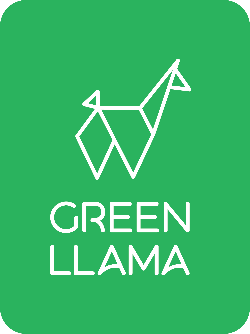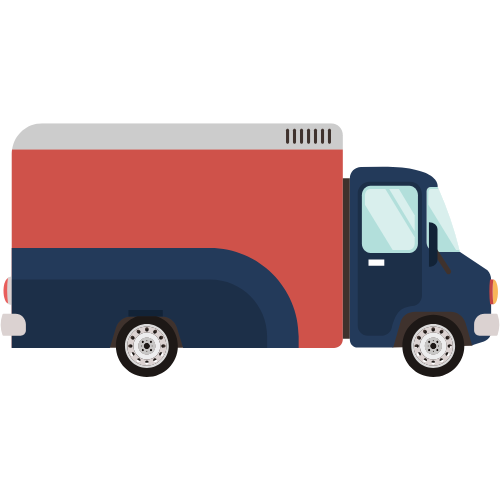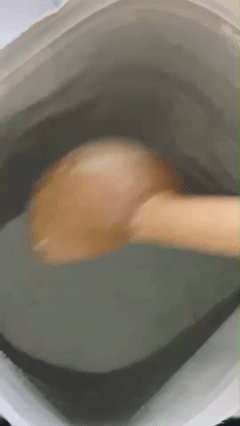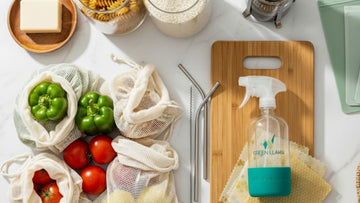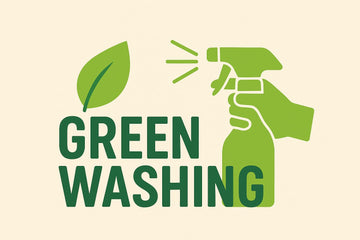The Ultimate Guide to Eco-Friendly Cleaning: Welcome to the Positive Cleaning Revolution
by Matt Keasey CSO - Green Llama Clean on Aug 26, 2025
1.0 Introduction: The Journey to a Healthier Home
Have you ever stood in the cleaning aisle, surrounded by a wall of brightly colored plastic bottles, and felt a little overwhelmed? You're looking for something that will make your home sparkle, but the search for truly safe and sustainable cleaning products can be confusing. You've heard the buzzwords like "green cleaning," "plant-powered," and "non-toxic," but the labels are vague, and a nagging question remains: Am I actually making a difference, or just falling for clever marketing?
If you've ever felt this way, you're not alone. The journey to a cleaner, healthier home shouldn't be a frustrating one. This guide is here to provide clarity. We will decode the labels, reveal the hidden costs of conventional cleaners, and give you a practical roadmap to creating a home that is as healthy for your family as it is for the planet.
2.0 Decoding the Labels: Understanding Green Cleaning Terms
The first step to making a better choice is understanding the language. Brands often use these terms interchangeably, but they have distinct meanings.
2.1 Non-Toxic Cleaning: Protecting Your Family's Health
This term focuses squarely on human health. A non-toxic product is one formulated without ingredients linked to adverse health effects. This includes substances known to be carcinogens, endocrine disruptors, skin irritants, or respiratory irritants. For families with children, pets, or sensitive skin, choosing non-toxic is the number one priority.
2.2 Eco-Friendly Cleaning: Protecting the Planet
This term focuses on the product's environmental impact from creation to disposal. Eco-friendly products typically feature:
- Biodegradable ingredients that break down safely in water systems
- Sustainable sourcing for plant-derived ingredients
- Plastic-free, compostable, or easily recyclable packaging to minimize landfill waste
2.3 Green Cleaning: The Umbrella Term
"Green cleaning" is a broad, often unregulated term that encompasses both non-toxic and eco-friendly principles. A truly "green" product is one that is safe for both people and the planet. Because this term can be used for greenwashing, it's always best to look for specifics about why a product is green.
3.0 The Hidden Costs of Conventional Cleaning Products
For generations, the symbol of a clean home has been a plastic jug of brightly colored liquid. But behind the fresh scents and sparkling promises lies a dirty secret. The "traditional" way of cleaning comes with significant hidden costs.
3.1 The Environmental Cost: Plastic Waste & Water Pollution
Let's start with the most visible part of the problem: the packaging. That heavy-duty plastic laundry jug, the disposable spray bottle. They are marvels of single-use waste.
In the U.S. alone, an estimated 1 billion plastic laundry jugs are purchased annually[1,2]. The vast majority of this plastic is not recycled, ending up in our landfills and oceans where it will take over 500 years to decompose[3,4]. This isn't just waste; it's a fundamental design flaw. We're shipping heavy, water-filled containers across the country, increasing our collective carbon footprint, only to throw a single-use package away.
🌊 Explore the Plastic Timeline
Discover how long different plastic items take to decompose. Select materials below to see the shocking reality of single-use waste.
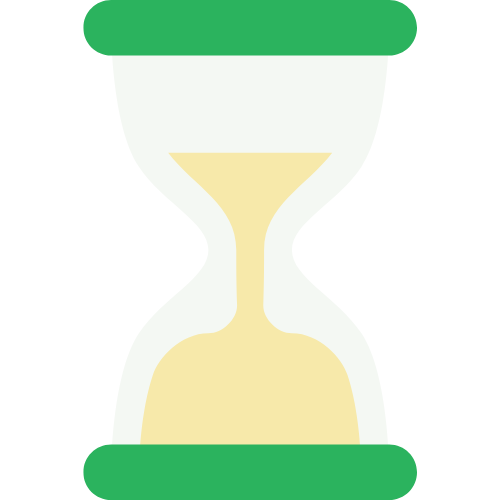
How long will it last?
Relatively better
Concerning
Harmful
Extremely harmful
Selected: Plastic bottles (PET #1) • Will persist for ≈ 450 years in ocean conditions.
💡 Reality check: Your great-great-grandchildren will still be living with the bottles you throw away today.
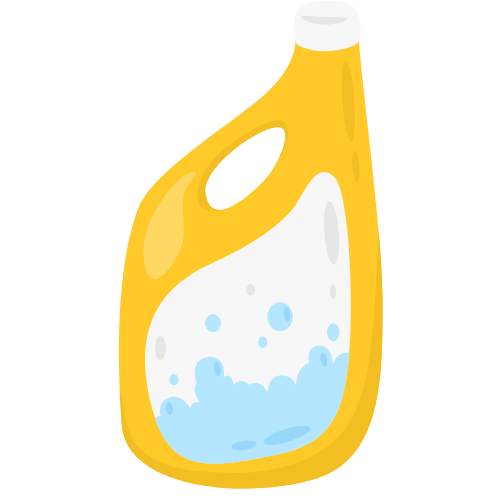
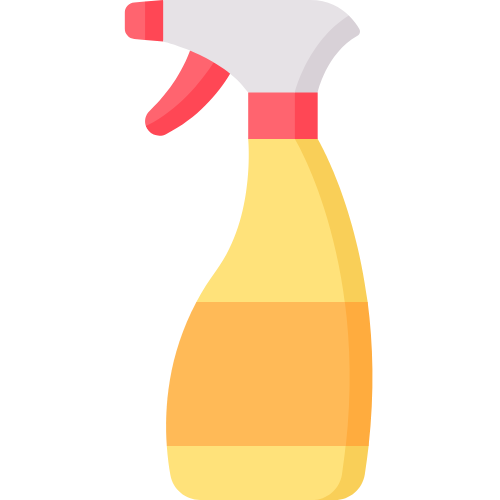
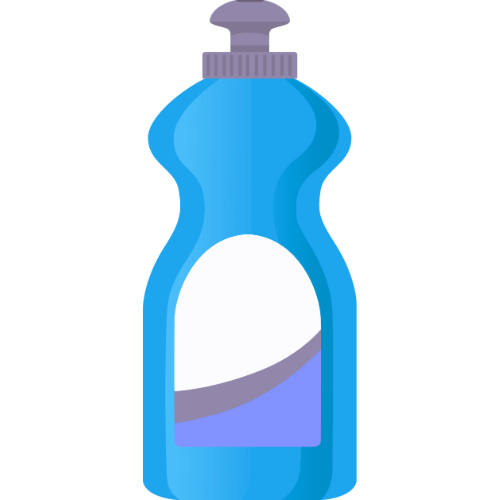
3.2 The Health Cost: The Chemical Body Burden
If the outside is a problem, what's inside can be even worse. Many conventional cleaners are complex chemical cocktails that create a low-level "chemical body burden" our systems are forced to process. Key culprits flagged by organizations like the Environmental Working Group (EWG) include:
- 1,4-Dioxane: A chemical byproduct and likely human carcinogen that is a frequent contaminant in detergents[5,6].
- Phosphates & Phthalates: These chemicals can disrupt aquatic ecosystems and have been linked to endocrine (hormone) disruption[7,8,9].
- Quaternary Ammonium Compounds (Quats): Often found in disinfectants and fabric softeners, they can be skin irritants and are linked to asthma.
- Artificial Fragrances: A simple word like "fragrance" on a label can hide a proprietary blend of dozens of chemicals that can trigger allergies and skin irritation.
Quick Comparison: Green Llama vs Traditional Detergents
See how eco-friendly cleaning products stack up against conventional options.
| Category | Green Llama (Eco-Friendly) | Regular Detergent (Traditional) |
|---|---|---|
| Health & Safety | Non-toxic, hypoallergenic formula safe for babies | Contains VOCs, triggers asthma and allergies |
| Chemical Composition | Plant & Mineral-based ingredients, no harsh chemicals | Harsh chemicals, phosphates, optical brighteners |
| Skin Sensitivity | Dye-free and fragrance-free |
Often contains dyes and fragranced additives |
| Transparency | Full ingredient disclosure – no hidden chemicals | 25+ undisclosed ingredients in "fragrance" |
| Environmental Impact | Zero plastic waste – 100% compostable packaging | 700M+ plastic jugs discarded annually |
| Cleaning Performance | Saponified coconut oil works in cold water | Requires hot water for effectiveness |
This comparison highlights key differences in safety, transparency, and environmental impact between eco-friendly and traditional cleaning products.
3.3 The Trust Cost: How to Spot and Avoid Greenwashing
So, you decide to switch. You're met with green leaves, earth-toned packaging, and vague promises like "all-natural." This is often greenwashing: the practice of making a product appear more environmentally friendly than it is.
It's a tactic designed to capitalize on your good intentions. A brand might highlight one "natural" ingredient while ignoring a dozen harmful chemicals still in the formula. Greenwashing breeds confusion and mistrust, which is why transparency is key.
4.0 Your Guide to Choosing Safe & Effective Cleaners
Knowledge is your superpower against greenwashing. Here's what to look for to make choices based on facts, not marketing fluff.
4.1 The Ultimate Ingredient Checklist: What to Look For
- Plant-Derived Surfactants: Look for names like Decyl Glucoside, Coco Glucoside, or Soap Bark. These create the sudsing and cleaning action, but are derived from renewable sources like coconuts and corn.
- Mineral-Based Cleaners: Ingredients like Sodium Bicarbonate (baking soda) and Sodium Carbonate (soda ash) are powerful, natural degreasers and water softeners.
- Enzymes: Protease and Amylase are brilliant natural stain removers that break down starches and proteins.
- Essential Oils: Used for natural fragrance instead of synthetic perfumes.
4.2 Understanding Certifications You Can Trust
Look for symbols from credible, third-party organizations that have done the vetting for you:
Trusted Certifications to Look For
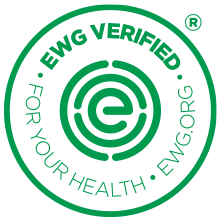
EWG VERIFIED™
Strictest criteria for transparency and health
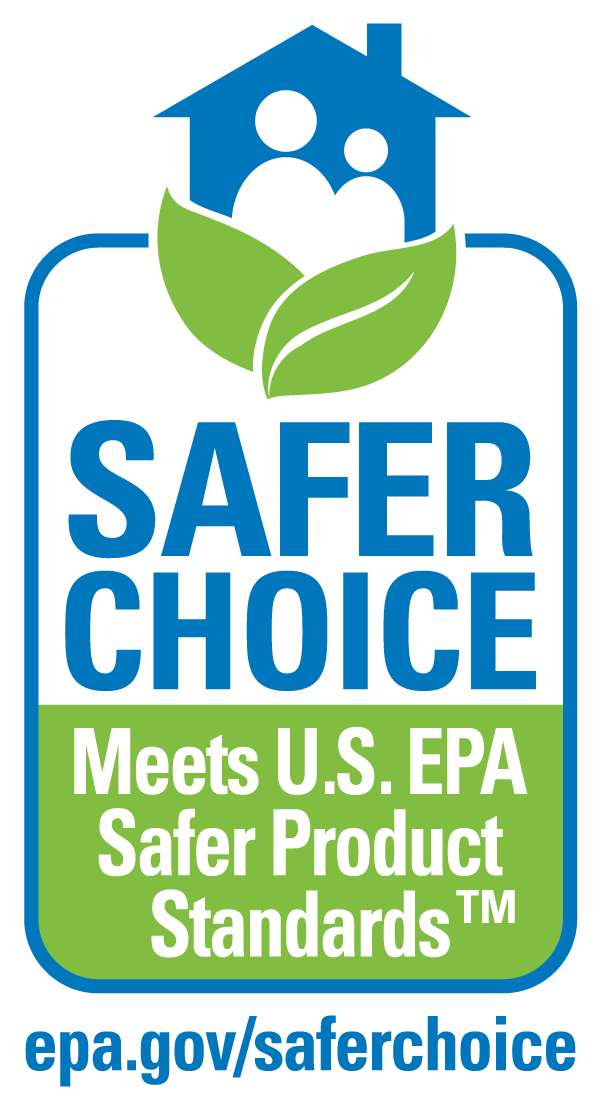
EPA Safer Choice
Government-verified safer ingredients
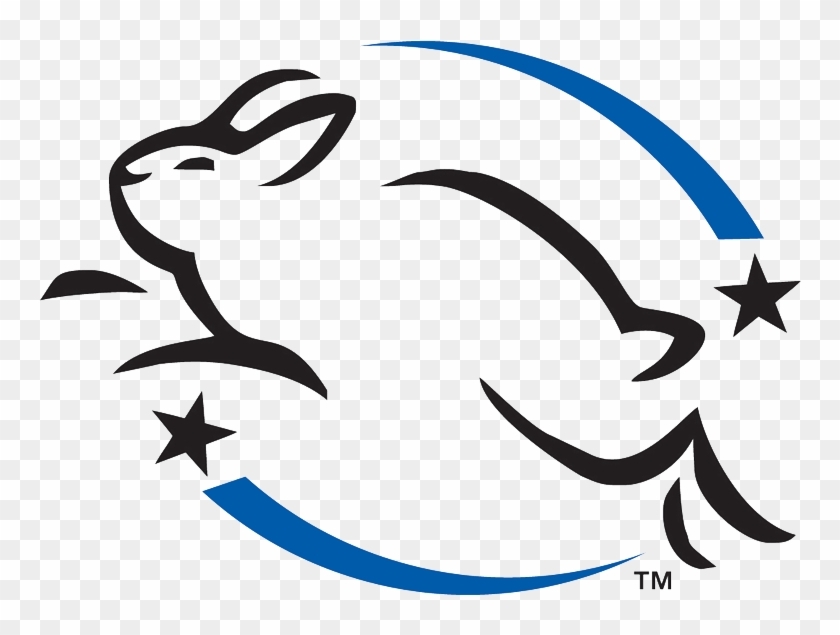
Leaping Bunny
Certified cruelty-free, no animal testing
Click any certification to learn more about their standards
5.0 The Green Llama Solution: Our "Positive Cleaning" Philosophy
Feeling frustrated by the plastic waste, hidden chemicals, and misleading marketing? Good. That frustration is the fuel for change. It's time to stop settling for "less bad" and start choosing something genuinely good.
Welcome to the Positive Cleaning Revolution.
Experience the power of Positive Cleaning™ in action
Positive Cleaning is Green Llama's philosophy. A new mindset built on the belief that a clean home should never come at the expense of a clean planet or a healthy family. It's guided by three core pillars.
5.1 The Three Pillars of Positive Cleaning
Pillar 1: Radical Transparency & Plant-Powered Efficacy
This means products with nothing to hide and everything to prove. It's about demanding simple, clear ingredient lists packed with plant-derived and mineral-based power. "Safe" doesn't mean weak. Nature has been cleaning for billions of years; we harness that power to deliver a superior clean.
Pillar 2: Zero-Waste by Design
We're not just fixing the plastic problem; we're designing it out of existence. This pillar champions products that are waterless, ultra-concentrated, and packaged in materials that are 100% biodegradable and compostable.
Pillar 3: Conscious Consumerism as a Movement
It's realizing your cleaning caddy can be a ballot box. When you choose a truly sustainable product, you cast a vote for healthier ecosystems, plastic-free oceans, and transparent companies.
5.2 Green Llama Clean: The Solution in Action
These principles led us to create Green Llama Clean products. The tangible embodiment of Positive Cleaning in action. From our concentrated laundry powders to our solid dish soaps and refillable cleaner tablets, the principle is the same: ultra-clean ingredients in truly zero-waste packaging.
Zero-waste laundry in action: Just add powder directly to your machine!
"I've tried large commercial brands formulated for sensitive skin and allergies. Green Llama laundry power outperforms them! Our clothes are cleaner, softer, and smell fresher. For a while I thought I was doomed to funky laundry to protect a family member with allergies. But now, I get clean laundry that smells good - with no allergy issues! Thank you Green Llama!"
Real customers are experiencing this transformation every day. Another customer put our products to the ultimate test and shared their experience:
"I put these tablets through some messy tests: baked-on food in glass casserole dishes, greasy strainers, and plastic bowls coated in marinara sauce, and everything came out squeaky clean! They've officially replaced my store-bought tablets, and it feels great knowing they're plastic-free and come from a company that donates its profits to amazing causes. Clean dishes and a cleaner planet!"
6.0 How to Create a Greener Home: A Practical Action Plan
Transforming your home isn't about doing everything perfectly at once. It's about taking small, powerful steps.
6.1 Step 1: The Great Laundry & Kitchen Detox
Your laundry room and kitchen are the biggest sources of plastic waste and chemical exposure. The next time you run out of detergent or dish soap, don't buy another plastic container. A simple swap to a concentrated laundry powder or a solid dish soap bar can eliminate a huge source of plastic from your life forever.
6.2 Step 2: Embrace Zero-Waste Swaps
Rethink your relationship with disposables. The goal is to find better, more sustainable alternatives that are upgrades, not sacrifices.
- Replace single-use dryer sheets with Wool Dryer Balls
- Swap paper towels for reusable microfiber cloths
- Ditch disposable spray cleaners for a refillable glass bottle and cleaning tablets
6.3 Step 3: Try Simple DIY Recipes
For some jobs, a DIY solution is perfect. A simple all-purpose spray can be made with one part distilled white vinegar to one part water in a spray bottle. It's a great, inexpensive option for many surfaces.
7.0 The Future is Bright (and Green): Your Journey Starts Now
You've seen the problem, discovered the solution, and now have the practical steps to become a superhero in your own home. The journey to a Positive Cleaning lifestyle is a declaration that you choose health over hazards, sustainability over single-use, and transparency over trickery.
You are now at the most exciting part: the beginning. We've made that first step simple.
Your Mission, Should You Choose to Accept It:
- For the Curious Explorer: Ready to dip your toes in the water? Start with our Laundry Starter Kit. It has everything you need to completely transform your laundry routine.
- For the Committed Change-Maker: Ready to go all-in? Subscribe & Save 20%. Choose your favorite products and have them delivered to your door, on your schedule.
Start your Positive Cleaning journey today. The future is in your hands.
8.0 Your Questions Answered: A Comprehensive Eco-Friendly Cleaning FAQ
We know that switching to a new way of cleaning can bring up a lot of questions. We love curiosity! Here are detailed answers to the most common questions people ask about green and natural cleaning.
Category: The Basics (What & Why)
Q: What actually makes a cleaning product "green" or "natural"?
A: A truly "green" or "natural" product is one that is safe for both people and the planet. This means it's formulated with non-toxic, plant-derived, or mineral-based ingredients that are readily biodegradable. It also means the company values sustainability through practices like using plastic-free, compostable packaging and being cruelty-free. Be wary of these terms on their own; always check the full ingredient list for proof.
Q: Why should I switch to green cleaning products?
A: There are two main benefits: your family's health and the planet's health. You reduce your family's daily exposure to harsh chemicals that can cause skin and respiratory irritation. You also help reduce plastic waste in landfills and prevent harmful chemicals from entering our waterways. It's a powerful way to vote for a healthier world with a simple daily choice.
Q: What are the best natural cleaning products to buy?
A: The "best" products are those that are transparent, effective, and align with your values. Look for brands that openly share their full ingredient list and have third-party certifications like EWG VERIFIED™ or Leaping Bunny. The most effective solutions often use potent, plant-derived surfactants and mineral-based cleaners rather than harsh, unnecessary chemicals.
Category: DIY & Homemade Cleaning
Q: How do you make simple, natural cleaning products at home?
A: A great all-purpose DIY cleaner can be made by mixing one part distilled white vinegar and one part water in a reusable spray bottle. However, for tougher jobs like grease or soap scum, professionally formulated products (which use powerful plant-derived surfactants and minerals) are often more effective and save you time and effort.
Q: Can I use baking soda and vinegar to clean everything?
A: Baking soda (a mild abrasive) and vinegar (a mild acid) are fantastic for many tasks, but they have limits. You should never use vinegar on natural stone like marble or granite, as it can etch the surface. While they are great starting points, they don't have the grease-cutting power of surfactants found in formulated soaps for tasks like washing dishes.
Category: Specific Cleaning Challenges
Q: How do I clean a really greasy oven with natural products?
A: Cleaning a greasy oven is a tough job, but it's possible without harsh fumes. Create a paste with baking soda and a small amount of water. Spread it all over the interior of your (cool) oven, avoiding the heating elements. Let it sit overnight. The next day, spray the dried paste with vinegar (it will foam!) and then wipe and scrub away the grime with a damp cloth.
Q: What's the best natural way to clean soap scum?
A: A paste made from baking soda and castile soap can work wonders on soap scum. For tougher buildup, a high-quality, plant-based bathroom cleaner formulated with ingredients that chelate minerals (the cause of soap scum) will be most effective.
Category: Product Effectiveness
Q: Are plant-powered cleaners really as effective as traditional chemical ones?
A: Yes! This is a common myth we love to bust. For everyday cleaning, our formulas harness potent, plant-derived surfactants and powerful minerals specifically designed to break down dirt, grime, and grease. You get a powerful clean without the harsh, unnecessary chemicals. It's not a compromise; it's an upgrade.
Q: Will concentrated powders and tablets actually dissolve in cold water?
A: Absolutely. We are big fans of cold-water washing to save energy, so we specifically formulated our powders and tablets to dissolve instantly and completely in all water temperatures, even icy cold.
References
[1] Lochtree. (2021). "Zero-Waste Laundry." Reports 700 million plastic jugs of laundry detergent consumed annually in the United States.
[2] The Truth Beauty Company. "Zero Waste Laundry Detergent Strips." States close to 1 billion plastic laundry detergent jugs are discarded in the United States annually.
[3] Chariot Energy. (2025). "How Long Does It Take For Plastic To Decompose?" Plastic water bottles made with PET are estimated to take approximately 450 years to fully break down.
[4] United Nations. "In Images: Plastic is Forever." Plastic waste can take anywhere from 20 to 500 years to decompose.
[5] NCBI. (1987). "1,4-DIOXANE (Group 2B) - Overall Evaluations of Carcinogenicity." IARC classification as Group 2B carcinogen.
[6] EPA. (2024). "EPA Finalizes Solvent 1,4-Dioxane TSCA Risk Evaluation." EPA has classified 1,4-dioxane as "likely to be carcinogenic to humans."
[7] Wikipedia. (2025). "Phosphates in detergent." Seventeen US states have partial or full bans on phosphates in dish detergent.
[8] EPA. (2025). "The Effects: Dead Zones and Harmful Algal Blooms." Excess nitrogen and phosphorus cause eutrophication and harmful algal blooms.
[9] National Center for Biotechnology Information. (2021). "Phthalates and Their Impacts on Human Health." Phthalates are endocrine-disrupting chemicals detrimental to reproductive, neurological, and developmental systems.
*Disclaimer: The content has been created by us. We have used AI to help us get all the content together. That is always followed by our review and editing.
